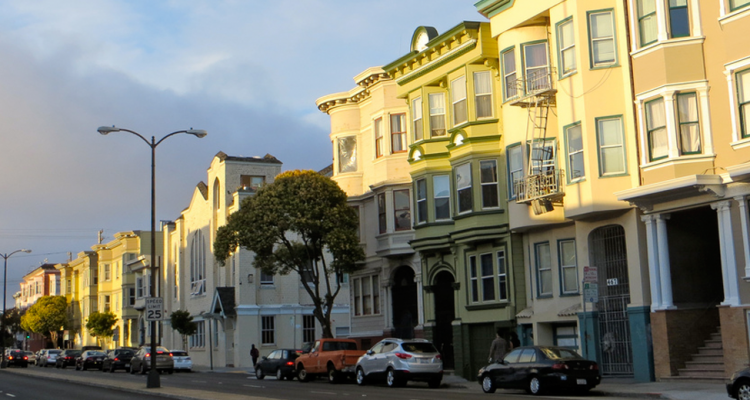You are viewing our site as a Broker, Switch Your View:
Agent | Broker Reset Filters to Default Back to ListThe Millennial House Hunt: Finding the Right Neighborhood
April 06 2015
This is part two of The Millennial House Hunt, my series on what I, as a millennial, care about and look for when shopping for a home.
 Last week, I began my house hunt by finding suitable cities for millennial home buyers. Looking through several articles, I set my eyes on San Francisco, CA as a viable place for millennials to purchase their first home. Today, through Better Homes and Gardens Real Estate's website, we'll look at the most important neighborhood qualities we look for and narrow my search to a more manageable area.
Last week, I began my house hunt by finding suitable cities for millennial home buyers. Looking through several articles, I set my eyes on San Francisco, CA as a viable place for millennials to purchase their first home. Today, through Better Homes and Gardens Real Estate's website, we'll look at the most important neighborhood qualities we look for and narrow my search to a more manageable area.
In regards to what's most important to today's millennial home buyer, I think I have reached one truth so far through my vast and varied apartment-life experience:
Location, location, location.
One of the main drawbacks of most of the sites I've come across is that the first-time home buyer is given no guidance about which neighborhoods are best for them. Scattering listings across an entire city is okay, but without context (where is the nightlife, other young people, low crime rates, and something I can afford), we are essentially left to fend for ourselves.
On Better Homes and Gardens Real Estate, I took advantage of their search parameters to remedy this. Since I don't plan on starting another series about buying my first car, my first requirement was access to public transportation. I started a search focused on homes near mass transit with a price tag that wouldn't have me resorting to monopoly money. I also factored in home size and only included homes with at least one bedroom (because despite my fantasies of being Harry Potter, I am not planning to sleep in the cupboard under the stairs).
Some nice search results filter in. On one of the listings that match my style, I visit the "Community Overview" and am met with plenty of local information. For zip code 94103 – a little inland of the South of Market (SoMa) area – I see 39% of people are using mass transit with average commute times of 23 minutes (not bad). There's also plenty of nearby dining, shopping, and nightlife. Best of all, there are other millennials (20-30 year olds) in the neighborhood. I'm almost sold, until I see the staggering crime rates. 350% robbery rate? 195% personal crime rate? No thanks – back to the search results I go.
A one bedroom with beautiful high ceilings is next. Listed in zip code 94107 (still in SoMa, but closer to the shore). I see great dining, nightlife and shopping options. However, only 19% of people are taking mass transit in the neighborhood, meaning I'd have to get a car. Plus the crime rates turn out to be even worse. This is not encouraging.
My next listing is less extravagant, Barbie's dream house is still out of my price range, but we all make sacrifices. A simple apartment yet workable, I look at the Community Overview for 94110 – Mission District. 36% of people using mass transit with an average commute time of 27 minutes and nearby points of interest are everywhere like the SoMa areas. But then I find out this neighborhood has nearly DOUBLE the millennials as the other two neighborhoods. While the crime rates here aren't obsolete, they're also lower than the two previous neighborhoods as well. Mission District, I think you're the one.
Most millennial home buyers are first time home buyers, so for them this trial and error process can seem daunting but necessary to finding the right neighborhood to call home. Be aware, that there is no search as powerful as visiting a neighborhood, but some creative Google Street View combined with a community fact sheet makes an informative mix.
Next week, let's explore some of the listings in Mission District to see what qualities are vital for millennials on the property level.
Also, for giggles, I read the overview on 90210 – don't pretend you weren't curious. The median sale price of $3 million was almost disappointing. Only 3% of commuters use mass transit; think limos, people. Not to mention that every point of interest had a Yelp rating higher than 4 stars. The dream is there.
To view the original article, visit the Onboard Informatics blog.









